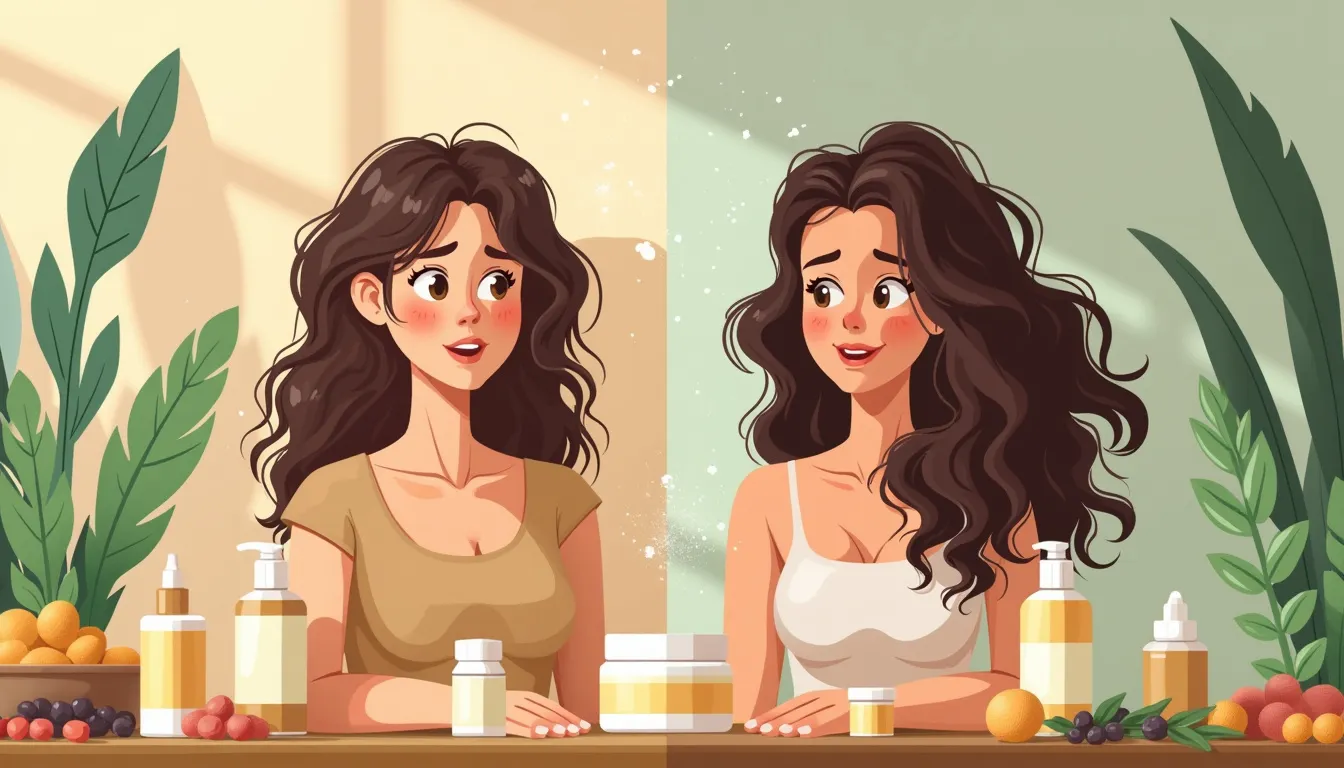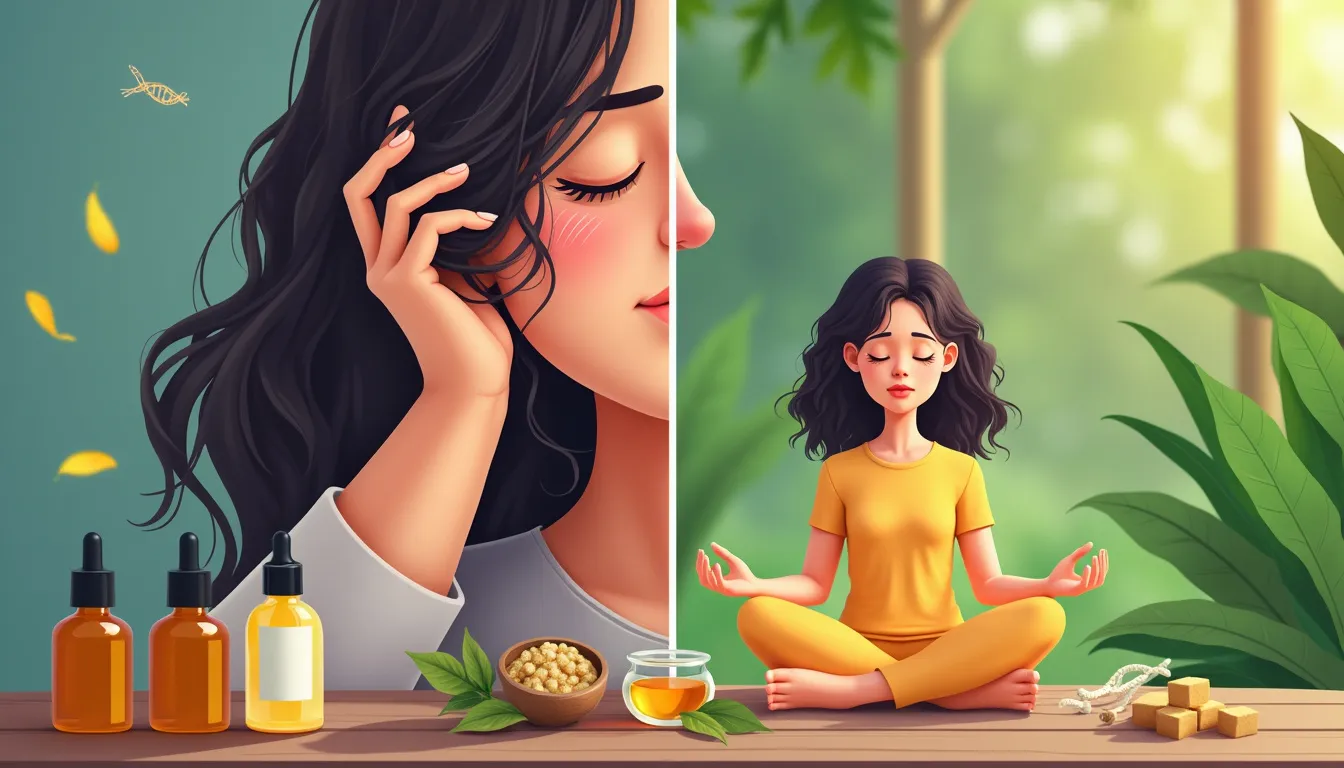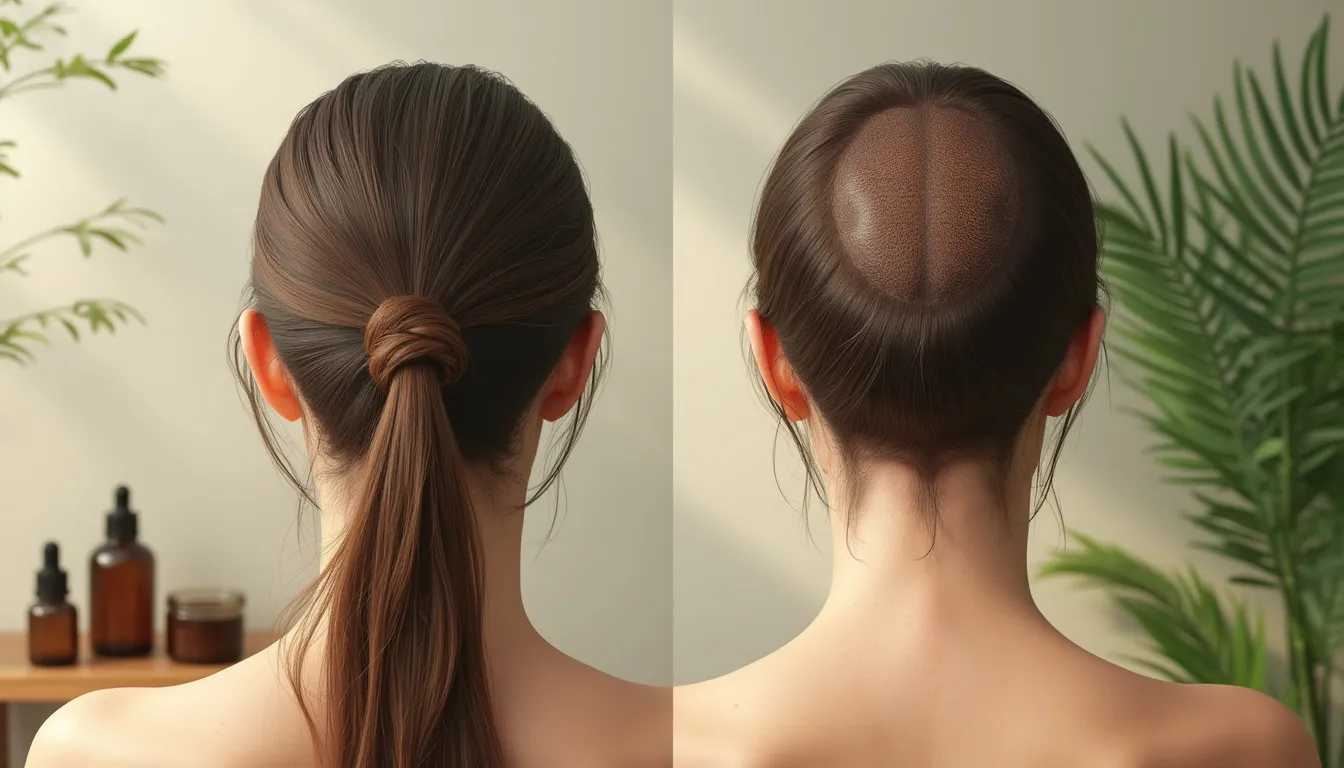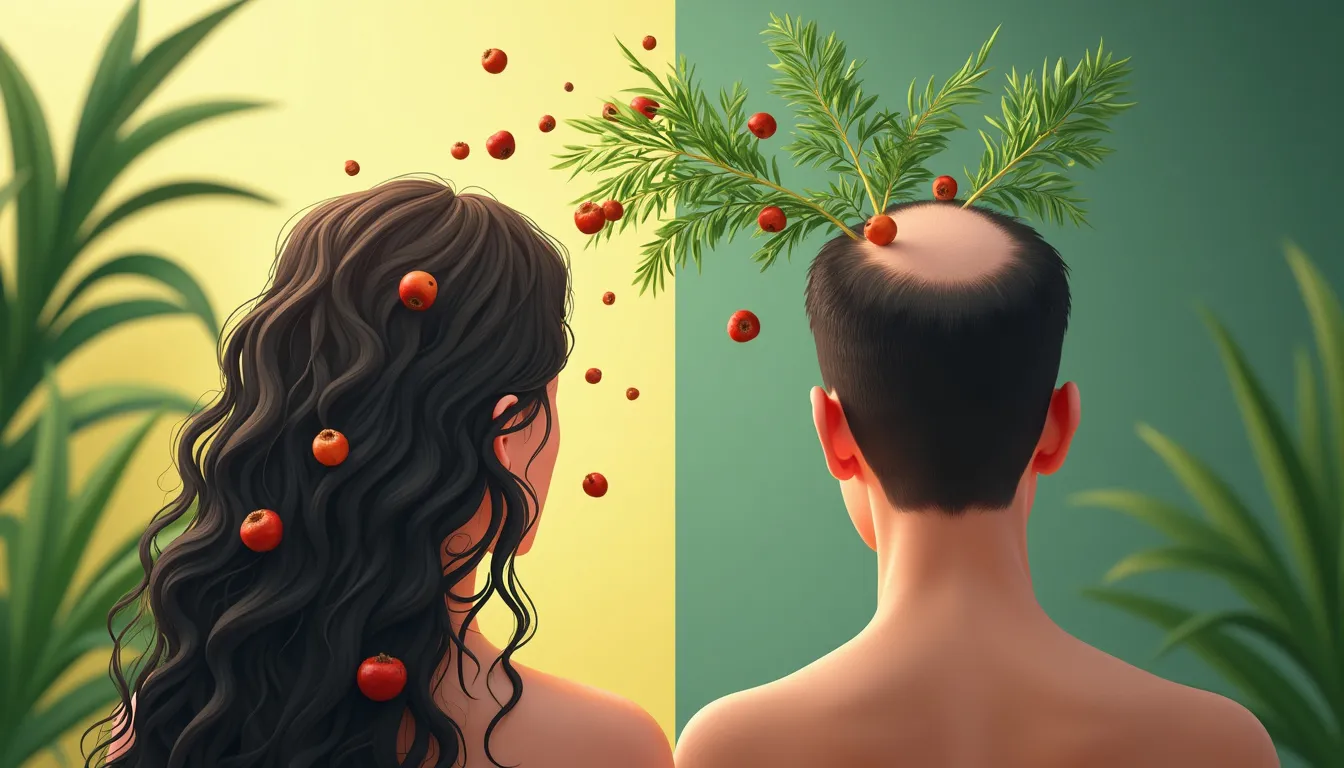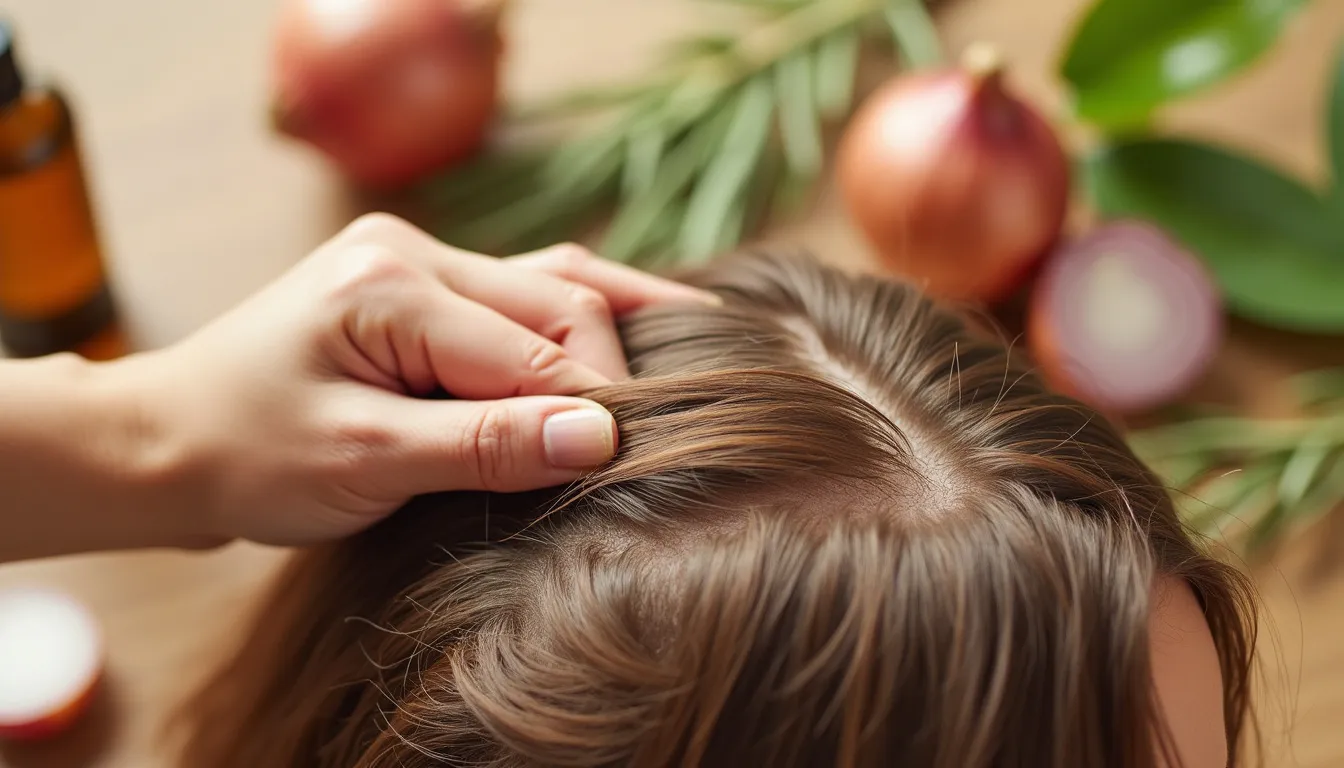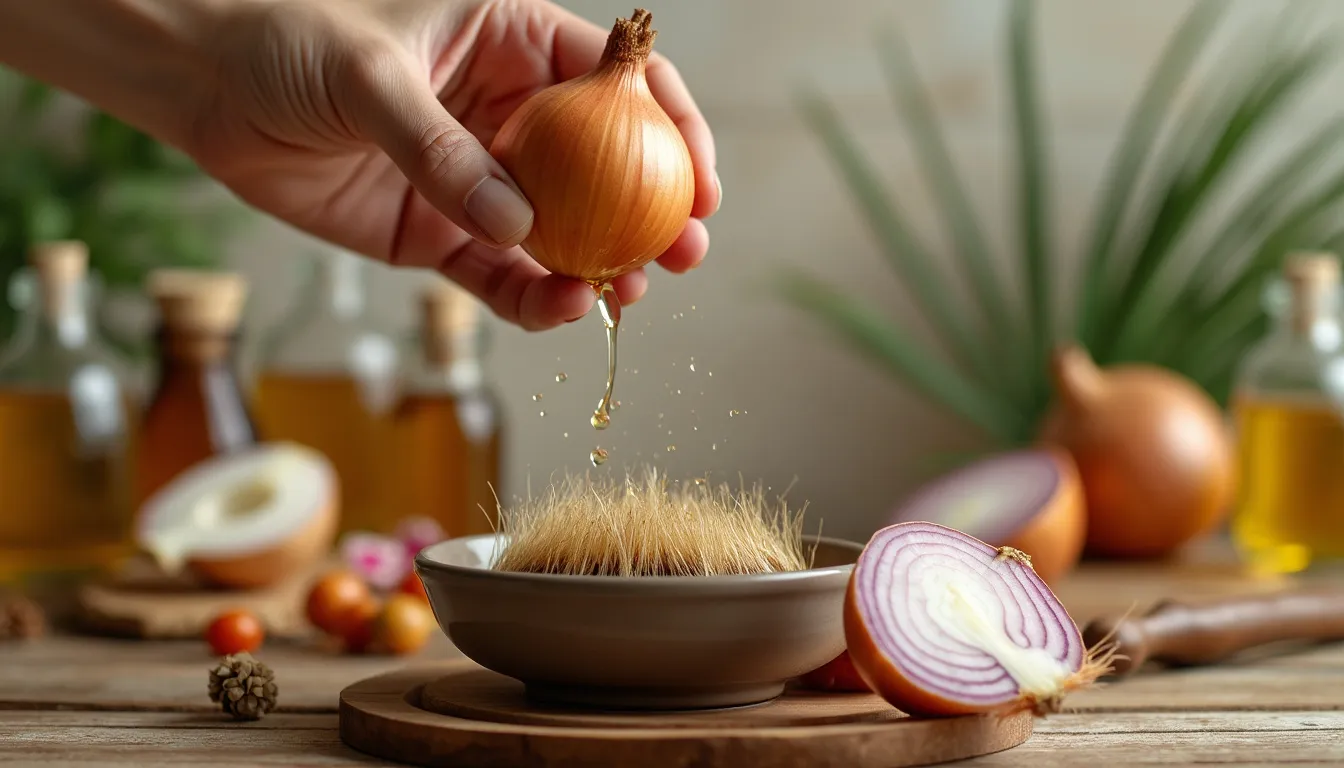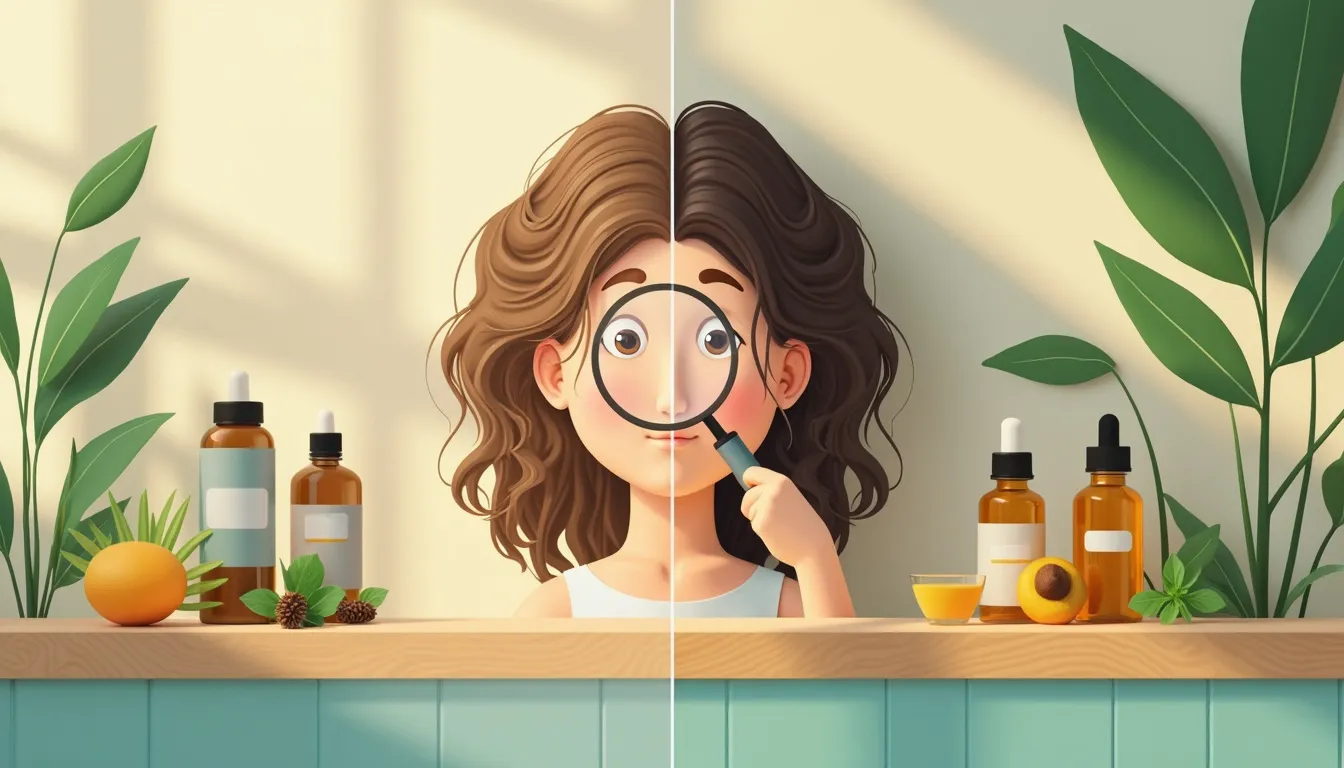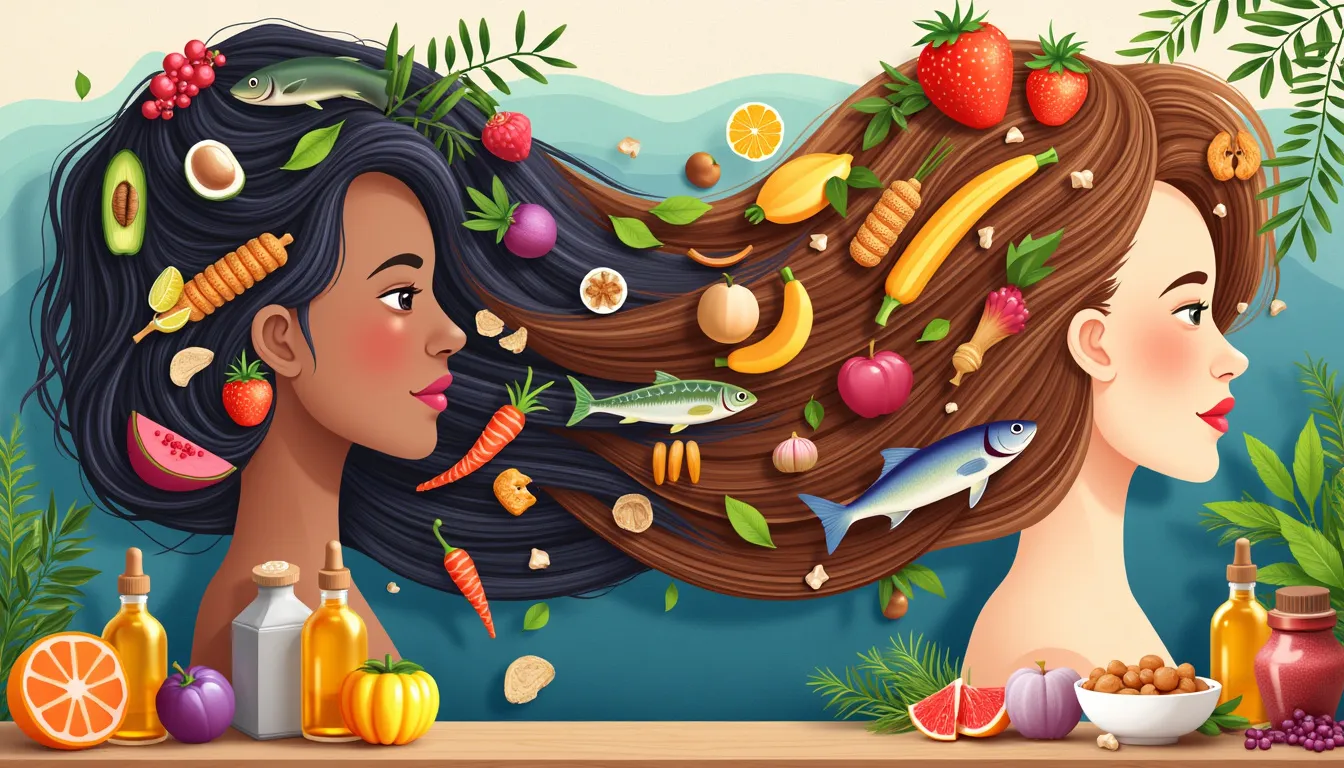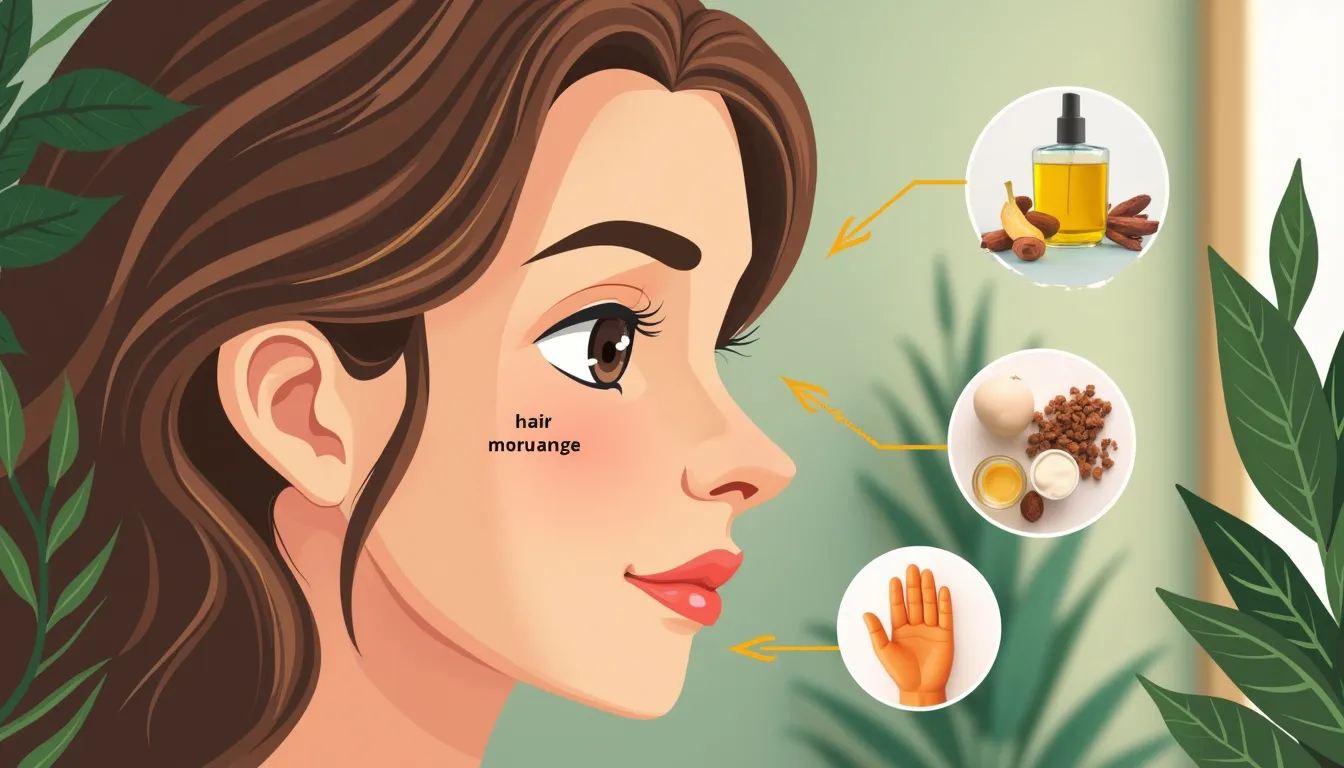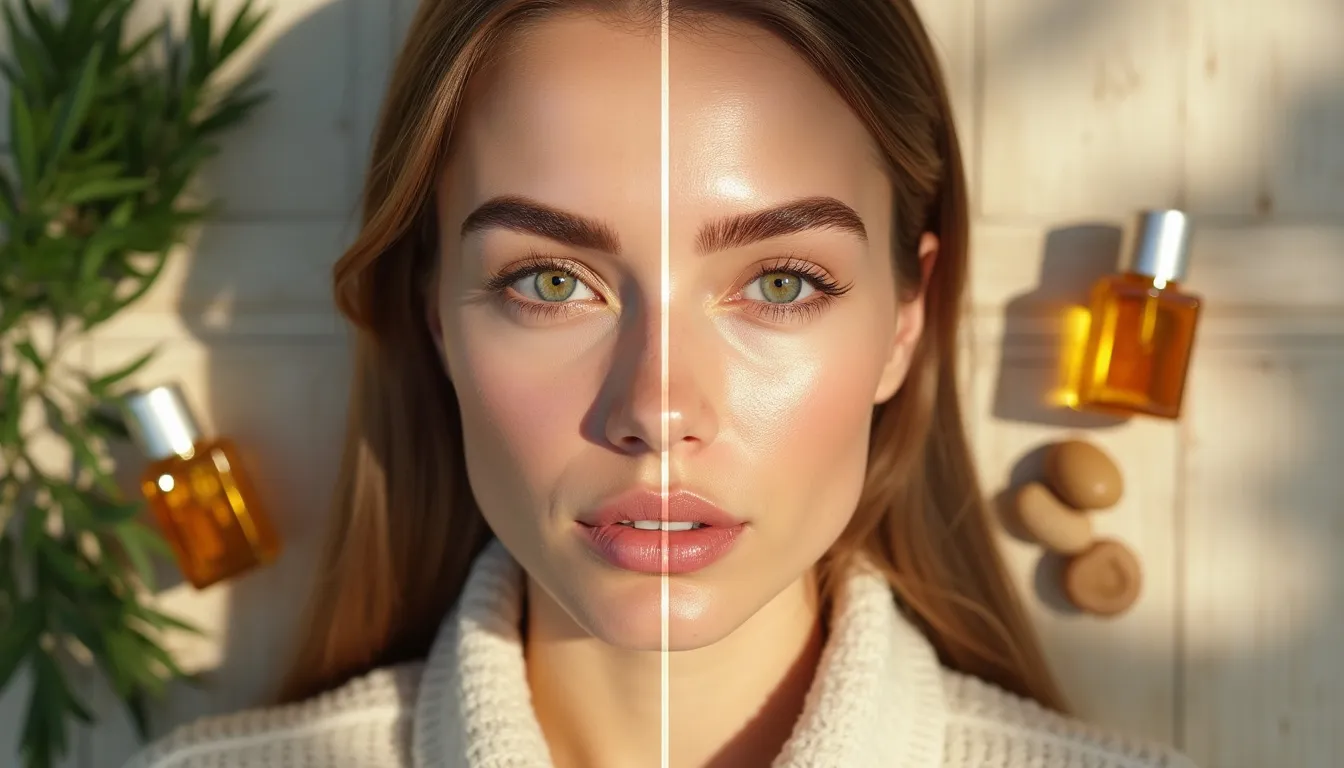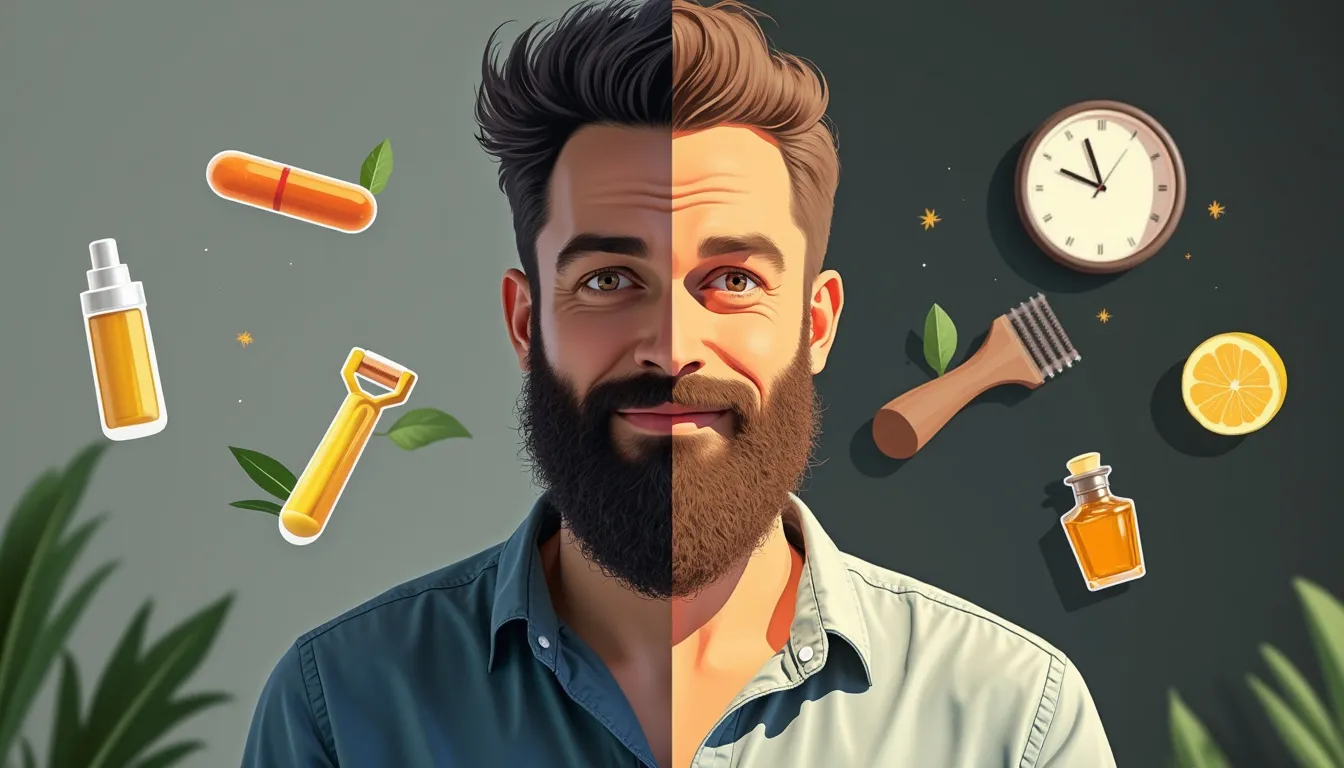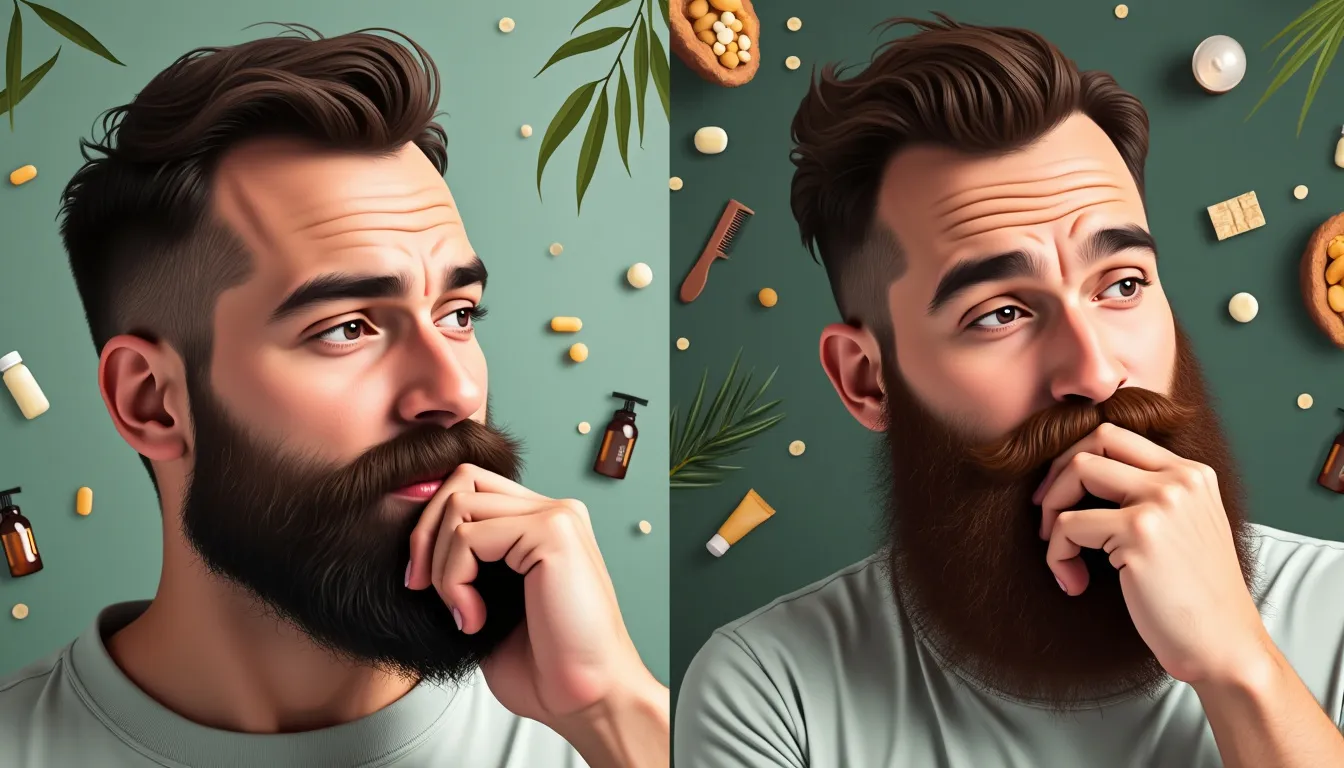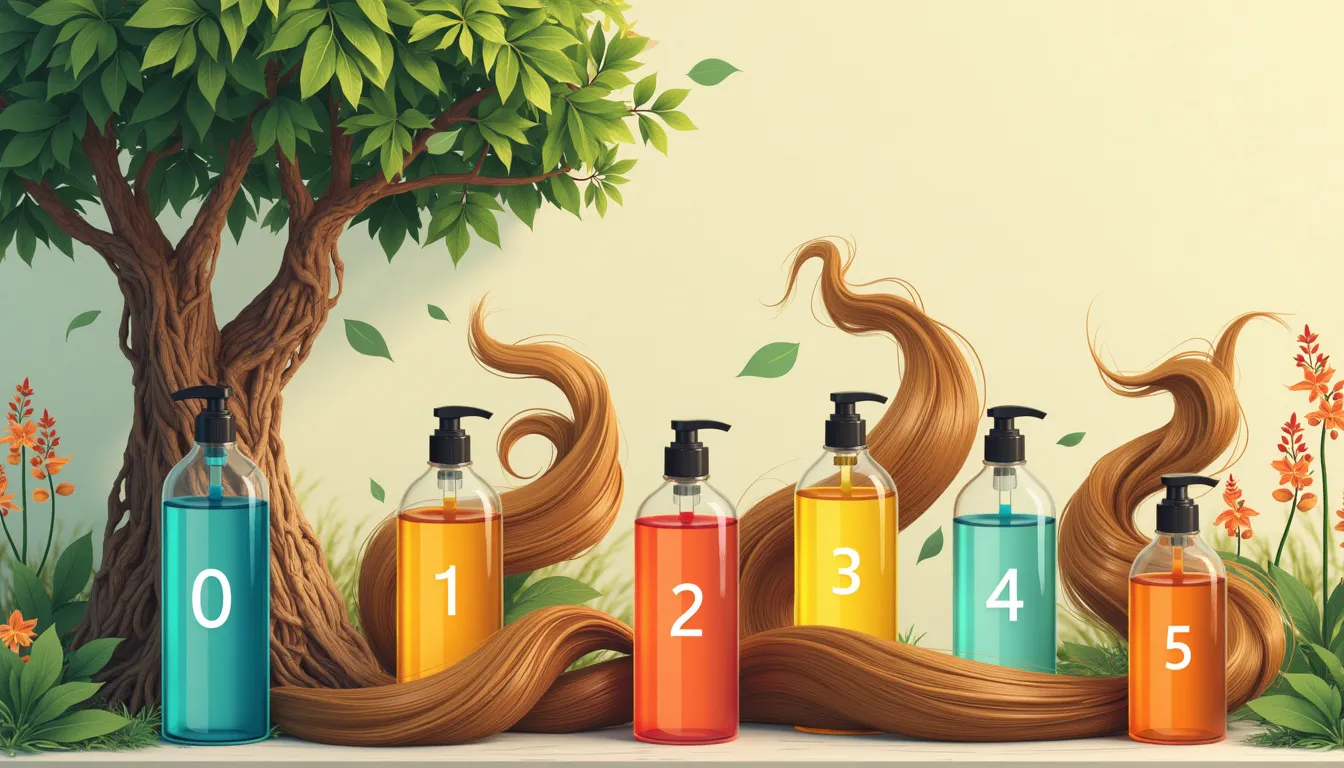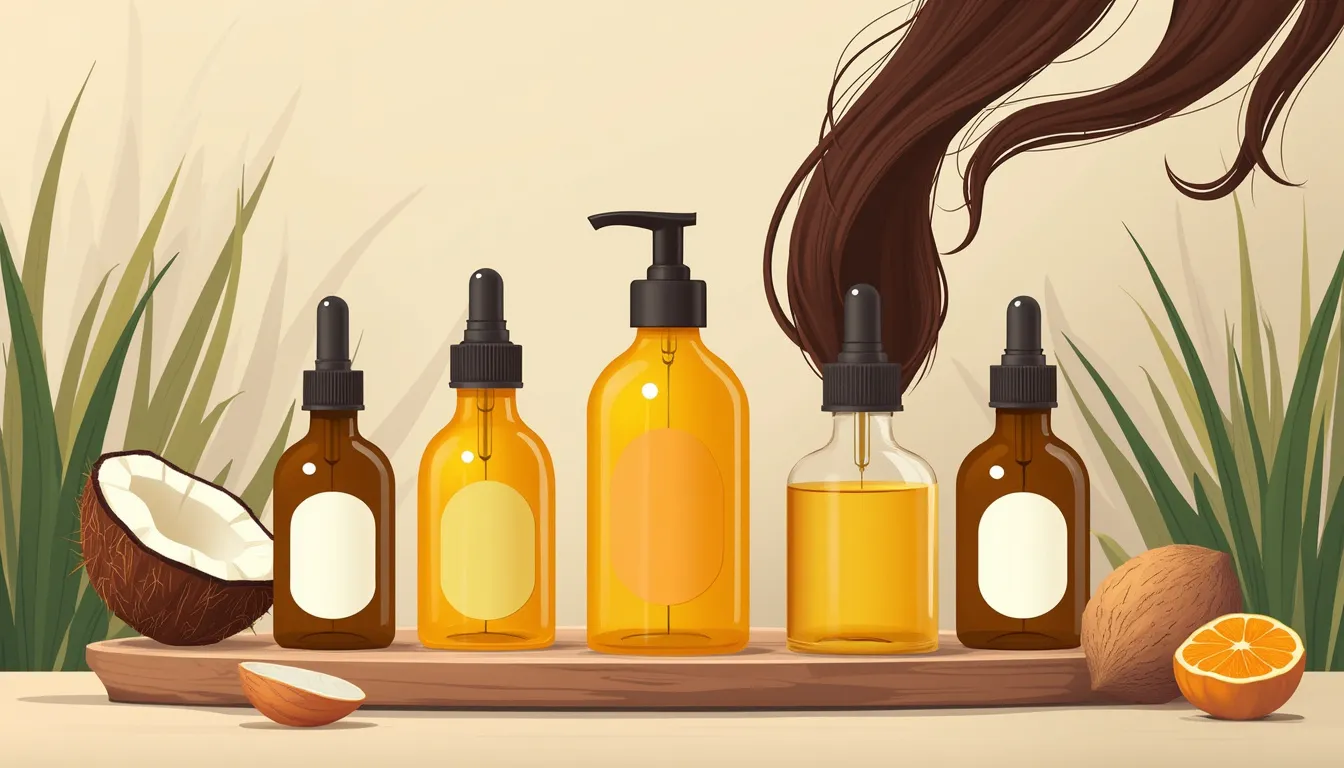Are you tired of looking in the mirror and seeing thinning hair or a receding hairline staring back at you? You’re not alone. Millions of people worldwide struggle with hair loss and dream of having a fuller, healthier mane. The good news is that there’s a wide array of hair growth products available to help you achieve the luscious locks you’ve always wanted. In this comprehensive guide, we’ll dive into the world of hair growth solutions, exploring everything from cutting-edge topical treatments to time-tested natural remedies. Whether you’re dealing with stress-induced shedding, age-related thinning, or simply want to boost your hair’s overall health, we’ve got you covered. We’ll break down the science behind hair growth, help you identify your specific hair concerns, and introduce you to the most effective products on the market. Get ready to say goodbye to bad hair days and hello to a fuller, healthier head of hair. Let’s embark on this journey to revitalize your tresses and boost your confidence along the way!
Understanding Hair Growth and Common Issues
Before diving into the world of hair growth products, it’s crucial to understand how hair grows and the common issues that can hinder its progress. This knowledge will help you make informed decisions about which products are best suited for your unique hair needs.
The Hair Growth Cycle Explained
Your hair doesn’t just grow continuously; it follows a specific cycle with distinct phases. Understanding this cycle is key to promoting healthy hair growth:
- Anagen Phase: This is the active growth phase, lasting anywhere from 2-7 years. During this time, hair cells divide rapidly, and new hair grows about 1 cm every 28 days.
- Catagen Phase: A short transitional phase lasting about 2-3 weeks. The hair follicle shrinks and detaches from the blood supply.
- Telogen Phase: The resting phase, which lasts around 3 months. Old hair falls out, making way for new growth to begin.
At any given time, about 90% of your hair is in the anagen phase, while the remaining 10% is either in the catagen or telogen phase. This cycle explains why it’s normal to lose 50-100 hairs per day.
Factors Affecting Hair Growth and Loss
Several factors can influence your hair’s growth rate and overall health. Being aware of these can help you address potential issues and choose the right hair growth products:
- Genetics: Your genes play a significant role in determining your hair’s thickness, texture, and growth rate. They can also predispose you to conditions like male or female pattern baldness.
- Age: As we get older, our hair growth naturally slows down, and strands may become thinner.
- Hormonal Changes: Fluctuations in hormones due to pregnancy, menopause, or thyroid issues can affect hair growth.
- Nutrition: A balanced diet rich in proteins, vitamins, and minerals is essential for healthy hair growth. Deficiencies in nutrients like iron, biotin, and vitamin D can lead to hair loss.
- Stress: High levels of stress can push more hair into the telogen phase, leading to increased shedding.
- Medical Conditions: Certain health issues, such as alopecia areata, scalp infections, or autoimmune diseases, can cause hair loss.
- Medications: Some medications, particularly those used in chemotherapy, can cause temporary hair loss as a side effect.
- Hair Care Practices: Excessive heat styling, harsh chemical treatments, and tight hairstyles can damage hair and impede growth.
Identifying Your Hair Concerns
Before investing in hair growth products, it’s essential to identify your specific hair concerns. This will help you choose products that target your individual needs:
- Thinning Hair: If you’ve noticed your hair becoming less dense or your scalp more visible, you may be experiencing hair thinning. This can be due to age, hormonal changes, or genetic factors.
- Slow Growth: If your hair seems to grow at a snail’s pace, you might be looking for products that stimulate faster growth.
- Breakage and Damage: Excessive breakage can make it difficult for hair to reach longer lengths. This is often due to chemical treatments, heat styling, or poor hair care practices.
- Scalp Issues: An unhealthy scalp can hinder hair growth. Look out for signs like dandruff, itchiness, or excessive oiliness.
- Patchy Hair Loss: If you’re experiencing hair loss in specific areas, it could be due to conditions like alopecia areata or traction alopecia.
By pinpointing your specific concerns, you can narrow down the vast array of hair growth products to those that will be most effective for your situation. Remember, what works for one person may not work for another, so it might take some trial and error to find your perfect hair growth regimen.
Armed with this knowledge about hair growth cycles, influencing factors, and common concerns, you’re now better equipped to explore the world of hair growth products. In the next section, we’ll delve into some of the top products available to help you achieve the luscious, healthy locks you’ve been dreaming of.
While exploring various hair growth products can be exciting, it’s important to remember that consistency is key. Many products require regular use over several months before you start seeing significant results. If you’re looking for a comprehensive approach to tackle hair loss, you might want to check out the HairFortin program. This holistic system combines multiple strategies to promote hair growth and overall hair health.
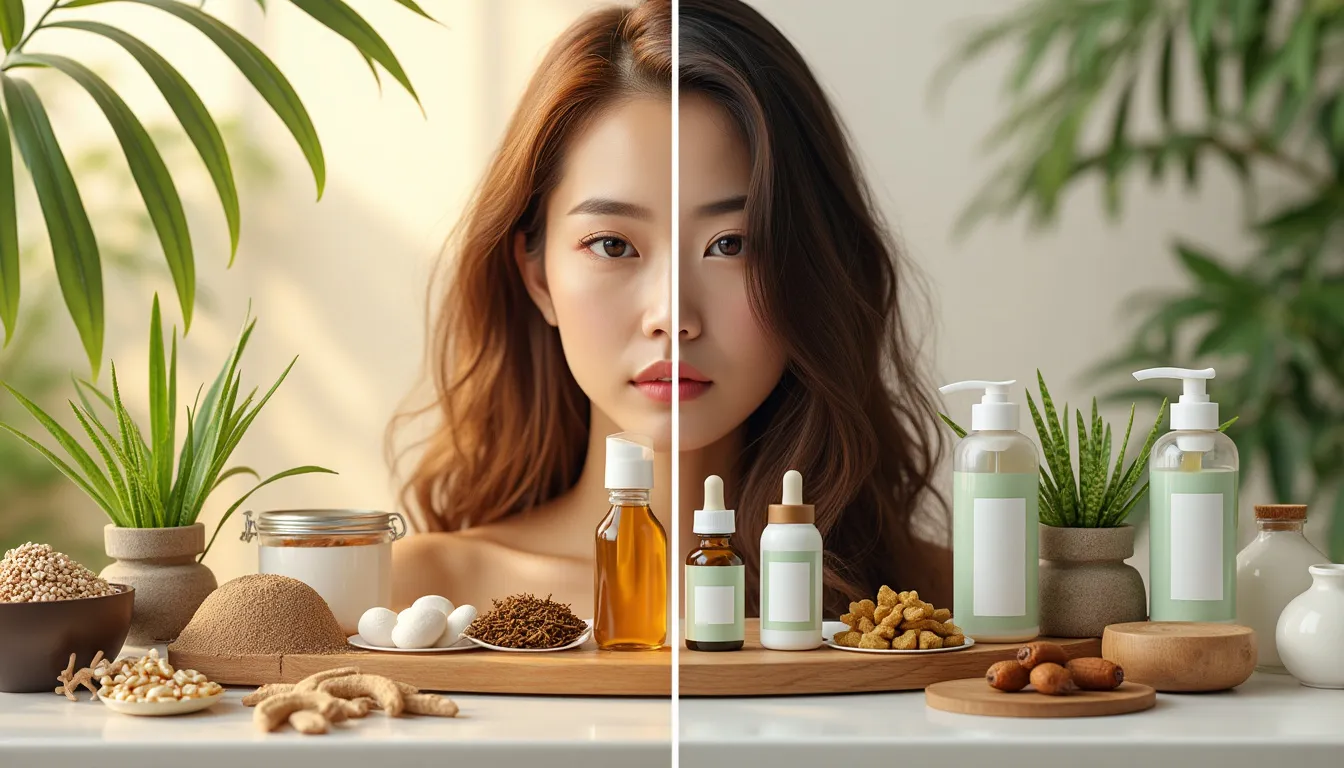
2. Top Hair Growth Products for Stronger, Fuller Hair
When it comes to achieving luscious locks, the market is brimming with hair growth products promising to transform your tresses. Let’s dive into the world of follicle-boosting formulas and explore the best options for nurturing your hair from root to tip.
2.1. Topical Treatments and Serums
Topical treatments and serums are the frontline soldiers in the battle against hair loss. These potent products are designed to be applied directly to the scalp, delivering active ingredients right where they’re needed most.
- Minoxidil: The gold standard in topical hair growth products, minoxidil is FDA-approved and clinically proven to promote hair regrowth. Available over the counter, it works by increasing blood flow to the hair follicles and prolonging the growth phase of the hair cycle.
- Peptide-based serums: These innovative formulas contain small proteins that can penetrate the scalp and stimulate hair follicles. They’re often packed with additional nutrients like biotin and niacinamide for extra hair-loving goodness.
- Caffeine-infused treatments: Don’t just drink your coffee – let your hair enjoy its benefits too! Caffeine-based topicals can help stimulate hair growth by blocking the effects of DHT, a hormone linked to hair loss.
When choosing a topical treatment, consistency is key. Most products require daily application for several months before you’ll see noticeable results. But stick with it, and you might just be rewarded with a fuller, more vibrant mane.
2.2. Supplements and Vitamins for Hair Health
Sometimes, the secret to stunning strands starts from within. Hair growth supplements and vitamins can provide your body with the essential nutrients it needs to produce strong, healthy hair.
- Biotin: Often hailed as the holy grail of hair vitamins, biotin supports keratin production – the protein that makes up your hair, skin, and nails.
- Iron: Iron deficiency can lead to hair loss, so an iron supplement might be just what your locks need, especially if you’re vegetarian or have heavy periods.
- Omega-3 fatty acids: These healthy fats nourish hair follicles and support scalp health. Find them in fish oil supplements or vegan alternatives like algae oil.
- Collagen: As we age, our natural collagen production decreases. Supplementing with collagen can help improve hair strength and elasticity.
Before starting any new supplement regimen, it’s always wise to consult with your healthcare provider. They can help determine if you have any deficiencies and recommend the right dosage for your needs.
2.3. Shampoos and Conditioners Promoting Growth
Your daily hair care routine can play a significant role in promoting hair growth. Specialized shampoos and conditioners can cleanse the scalp, nourish follicles, and create an optimal environment for healthy hair growth.
- Ketoconazole shampoos: Originally developed as an anti-dandruff treatment, ketoconazole has shown promise in combating hair loss by reducing inflammation and blocking DHT.
- Biotin-infused formulas: These products deliver a topical dose of biotin, complementing any oral supplements you might be taking.
- Saw palmetto shampoos: This natural ingredient is believed to block DHT production, potentially slowing down hair loss.
- Amino acid-rich conditioners: Look for products containing keratin and other hair-strengthening proteins to fortify your strands from the outside in.
Remember, while these products can support hair growth, they work best when used as part of a comprehensive hair care routine. Gentle handling, regular trims, and avoiding heat damage are all crucial for maintaining healthy hair.
2.4. Natural and DIY Remedies for Hair Growth
If you prefer a more natural approach or enjoy whipping up your own hair treatments, there are plenty of DIY options that may help boost hair growth.
- Scalp massage: This simple technique can increase blood flow to your hair follicles, potentially stimulating growth. Use your fingertips to gently massage your scalp for a few minutes each day.
- Essential oils: Some studies suggest that certain essential oils, like rosemary and peppermint, may promote hair growth when diluted and applied to the scalp.
- Onion juice: It might not smell great, but onion juice is rich in sulfur, which may boost collagen production in the scalp.
- Aloe vera: This soothing plant has enzymes that can help cleanse the scalp and balance its pH, creating a healthy environment for hair growth.
While natural remedies can be effective, they often require more time and patience to see results compared to commercial products. If you’re dealing with significant hair loss, it’s best to consult a dermatologist or trichologist for professional advice.
Navigating the world of hair growth products can be overwhelming, but armed with this knowledge, you’re well on your way to finding the perfect solution for your locks. Remember, what works for one person may not work for another, so don’t be afraid to experiment with different products and techniques.
If you’re looking for a comprehensive approach to combat hair loss, consider checking out HairFortin. This program offers a holistic solution to help stop hair loss and promote healthier, fuller hair. Give it a try and take the first step towards the luscious locks you’ve always dreamed of!
In conclusion, the journey to healthier, fuller hair is a multifaceted one that requires patience, consistency, and the right combination of hair growth products. As we’ve explored throughout this article, understanding your hair’s unique needs and the factors influencing its growth is crucial in selecting the most effective solutions.
From topical treatments and serums that stimulate the scalp to nourishing supplements that support hair health from within, there’s a wide array of options available to address various hair concerns. Specialized shampoos and conditioners can complement these efforts, providing additional nutrients and protection to your strands.
Remember, while commercial products can be incredibly effective, natural and DIY remedies shouldn’t be overlooked. These can often be gentler on your hair and scalp, and may be particularly beneficial for those with sensitive skin or those preferring a more holistic approach.
It’s important to note that results won’t happen overnight. Hair growth is a gradual process, and it may take several months of consistent use before you start noticing significant improvements. Don’t be discouraged if you don’t see immediate results – stick with your chosen regimen and give it time to work its magic.
Moreover, while hair growth products can certainly help, they work best as part of a comprehensive hair care routine. This includes maintaining a balanced diet, managing stress levels, and avoiding harsh styling practices that can damage your hair.
Ultimately, the key to successful hair growth lies in finding the right combination of products and practices that work for your unique hair type and concerns. Don’t be afraid to experiment with different products or consult with a dermatologist or trichologist for personalized advice.
For those looking for a comprehensive approach to combating hair loss and promoting healthy growth, consider exploring programs like HairFortin. This innovative solution offers a holistic strategy to address various factors contributing to hair loss and thinning. To learn more about how HairFortin could help you achieve your hair goals, visit https://hairsecurity.net/HairFortin.
Remember, your hair is a reflection of your overall health and well-being. By investing time and effort into nurturing your locks, you’re not just working towards fuller, healthier hair – you’re also investing in your confidence and self-expression. Here’s to your journey towards a more vibrant, luscious mane!
